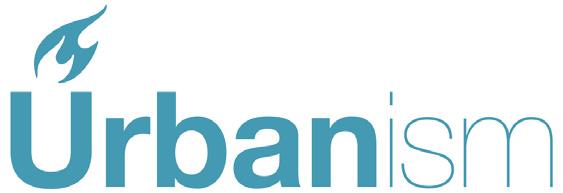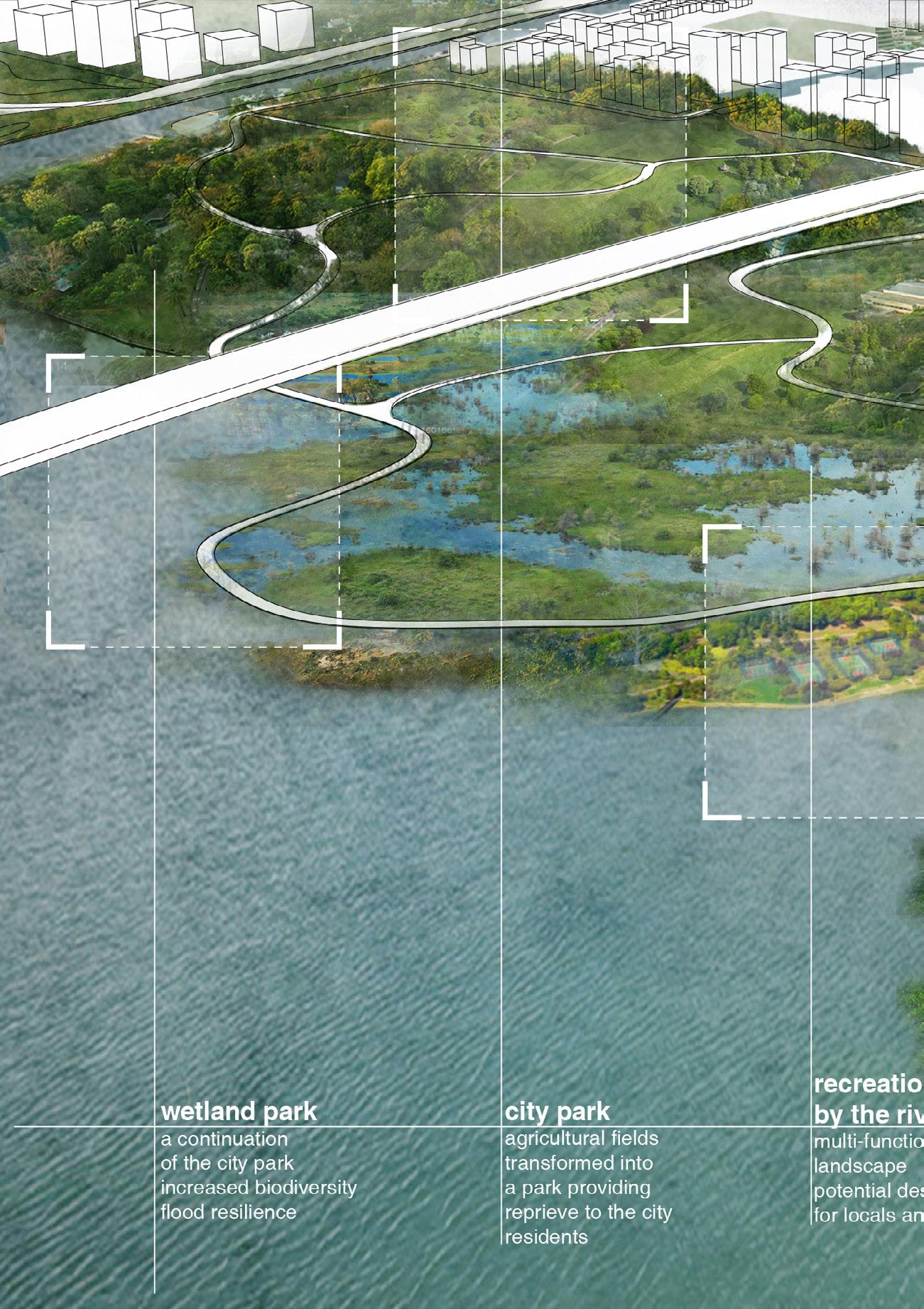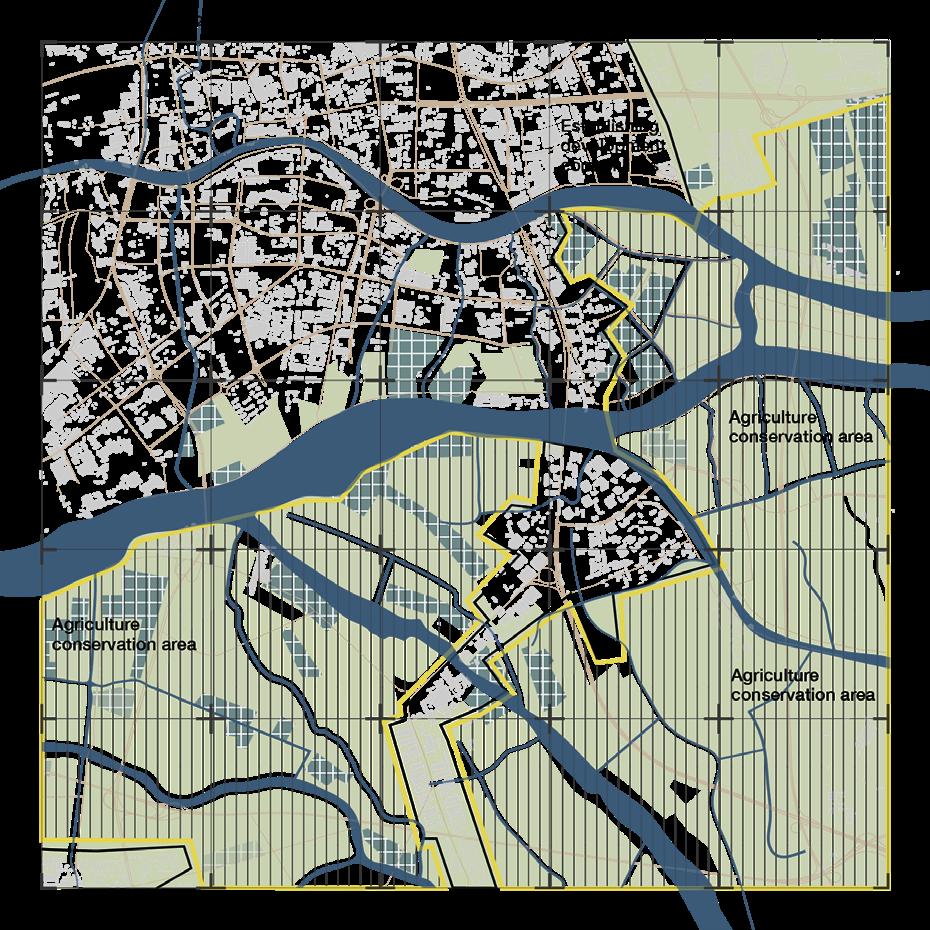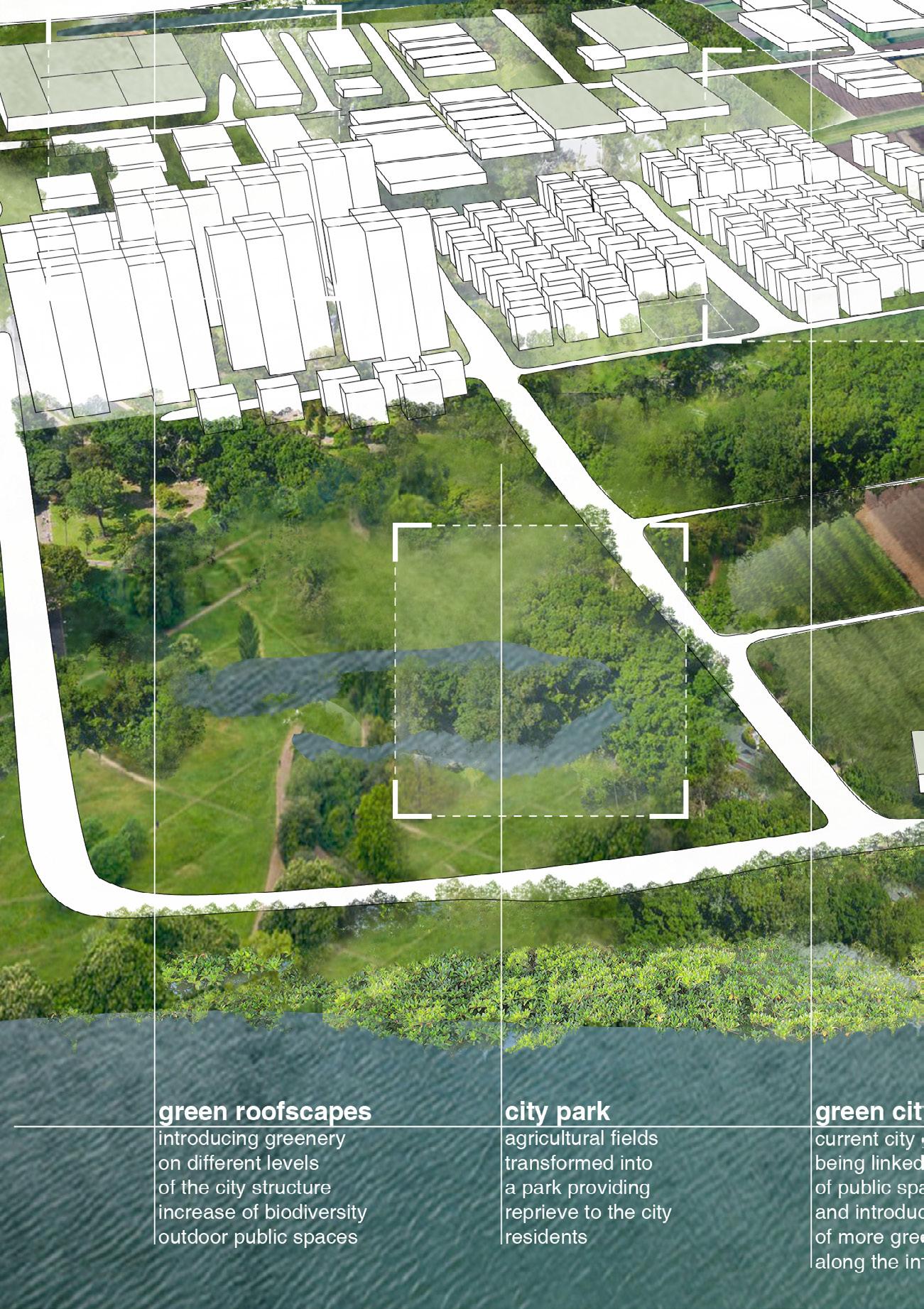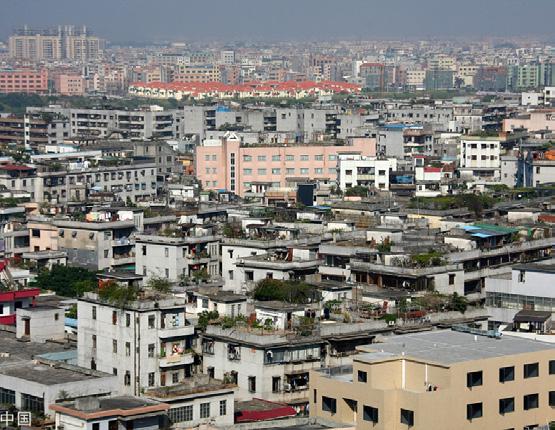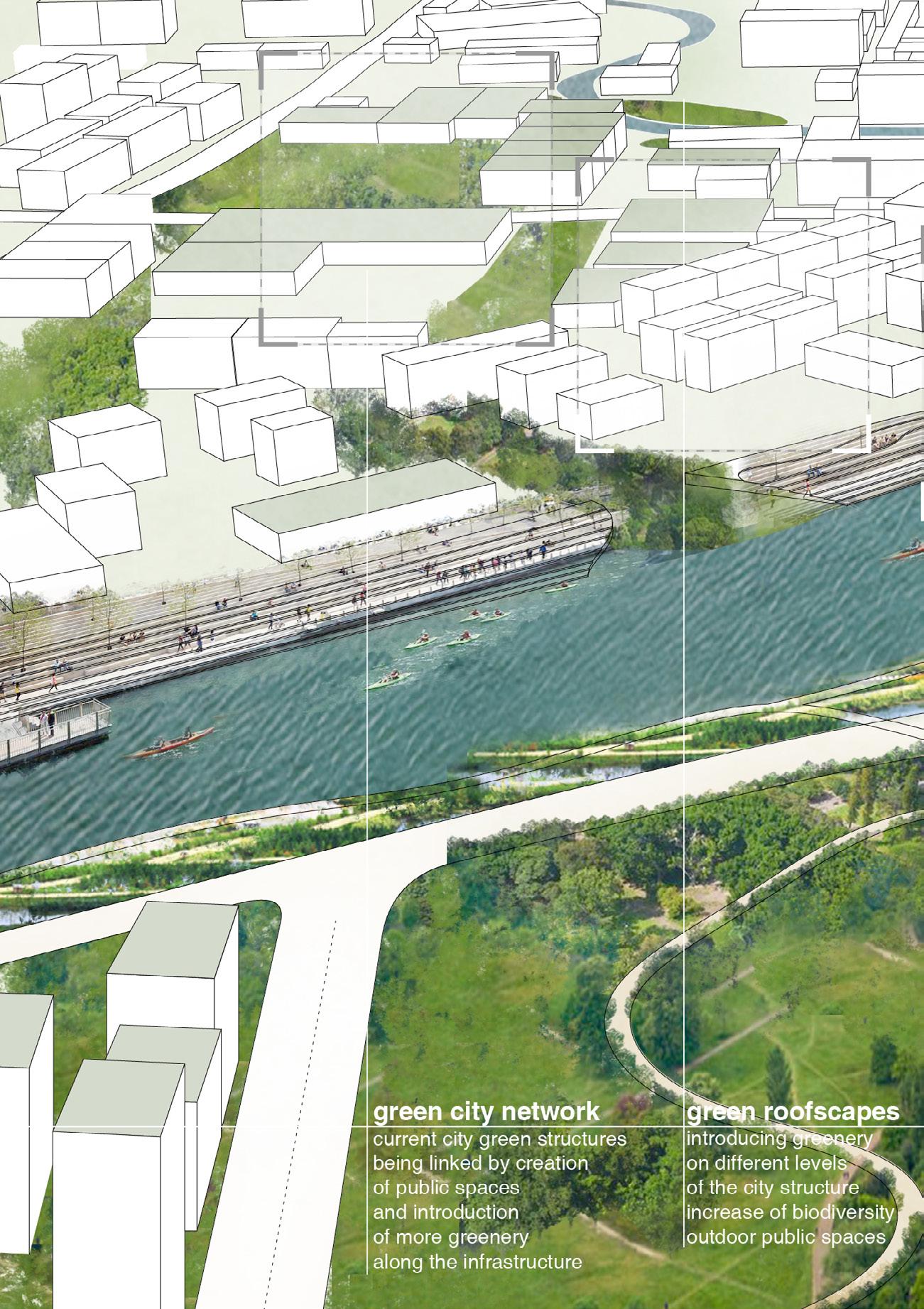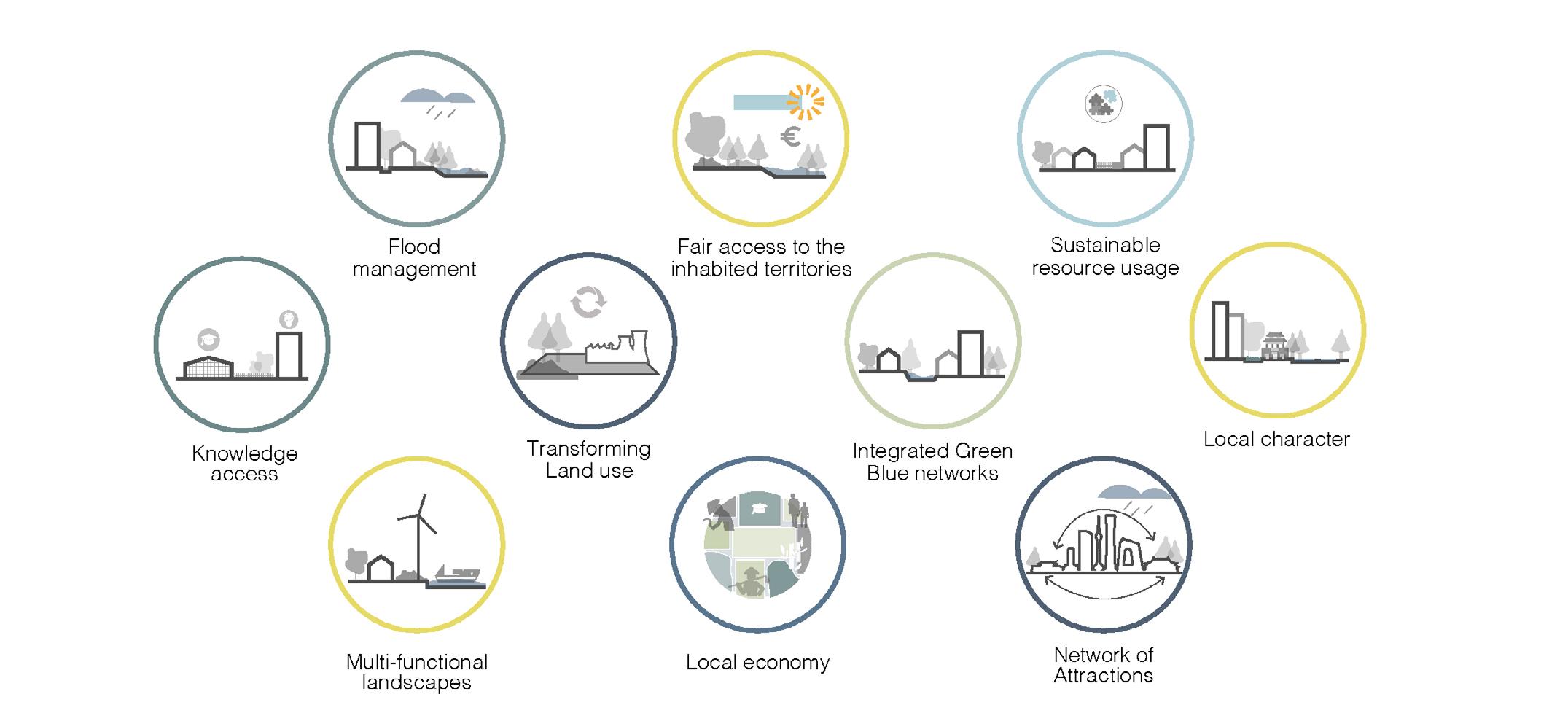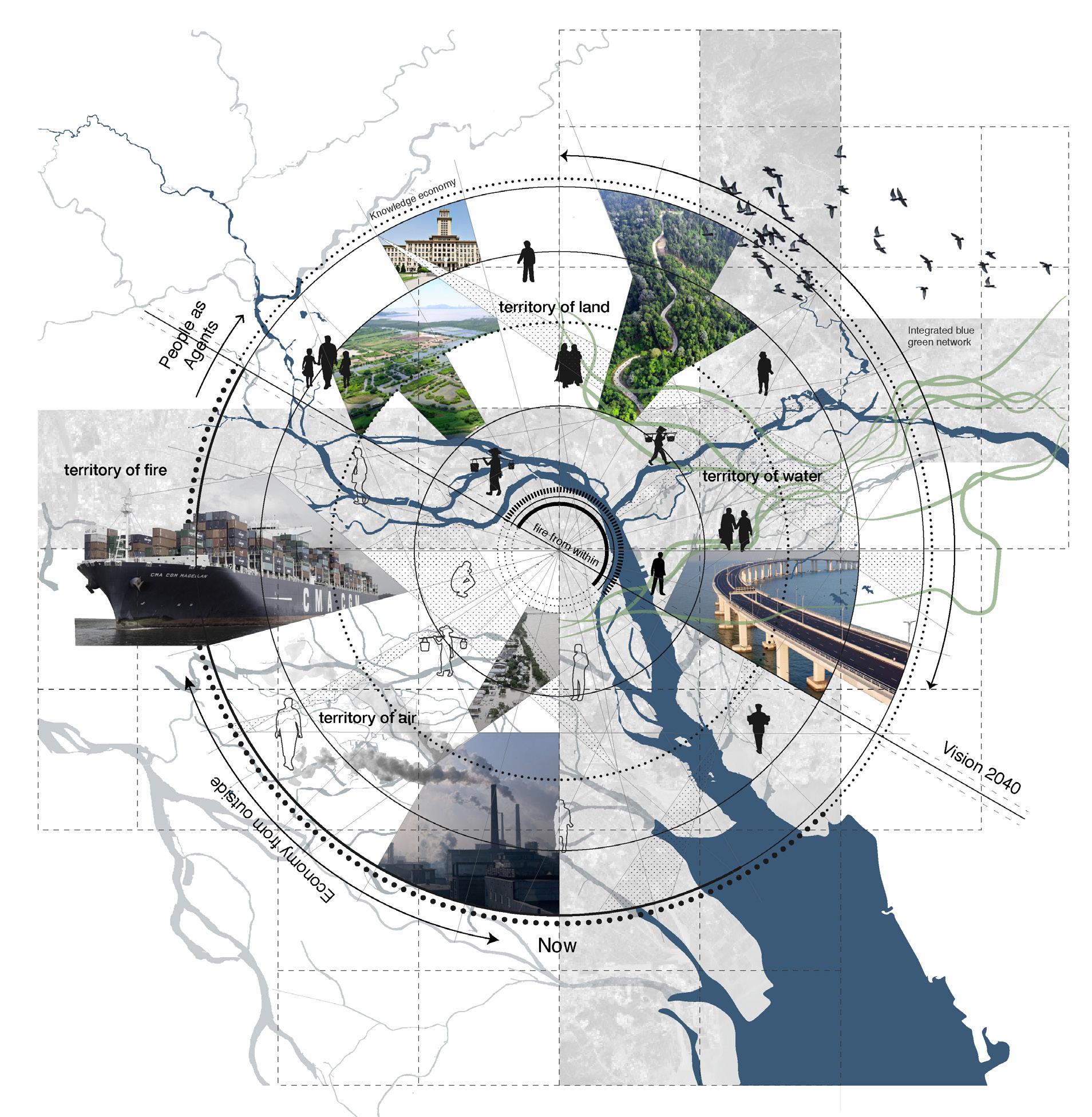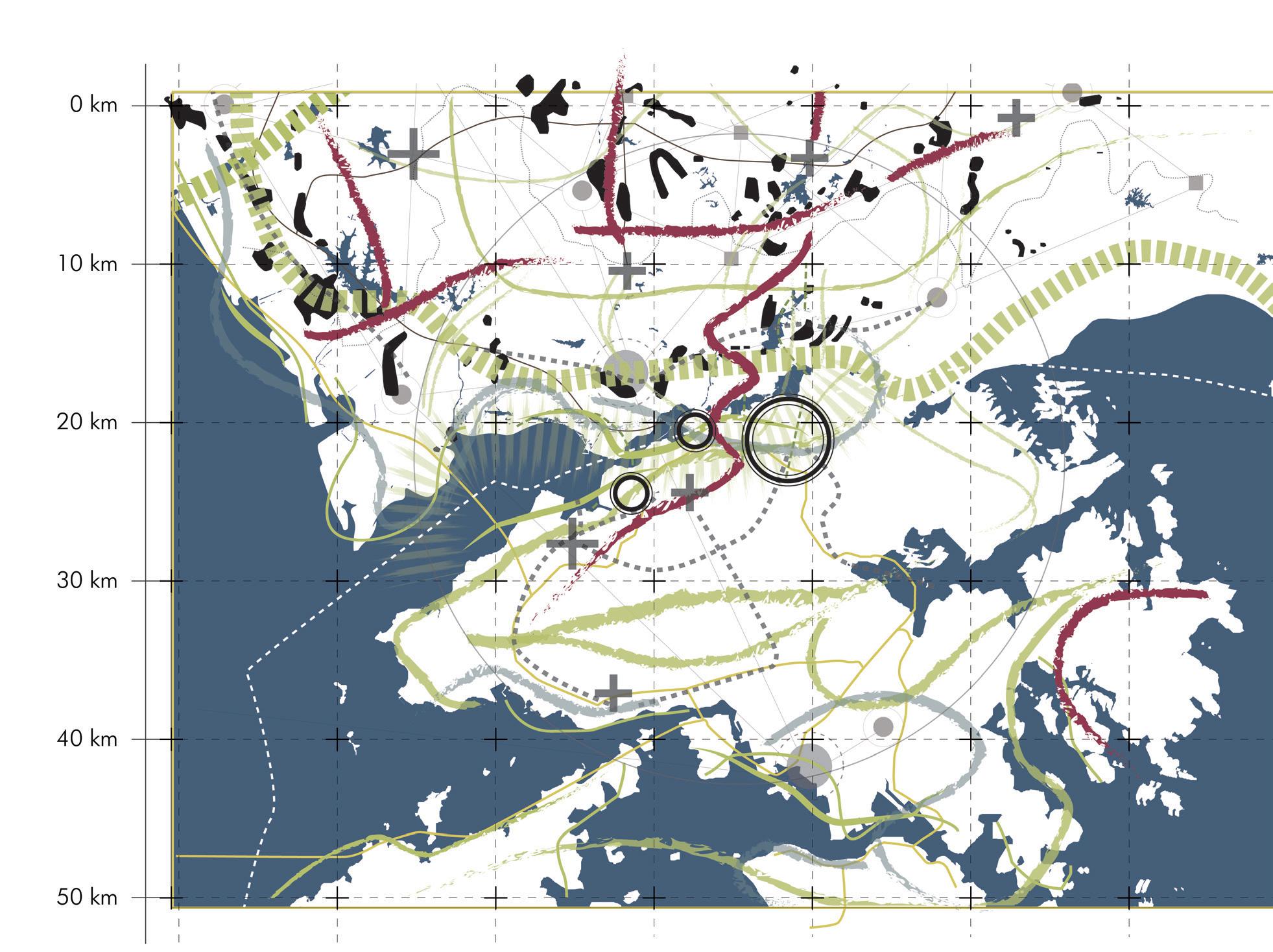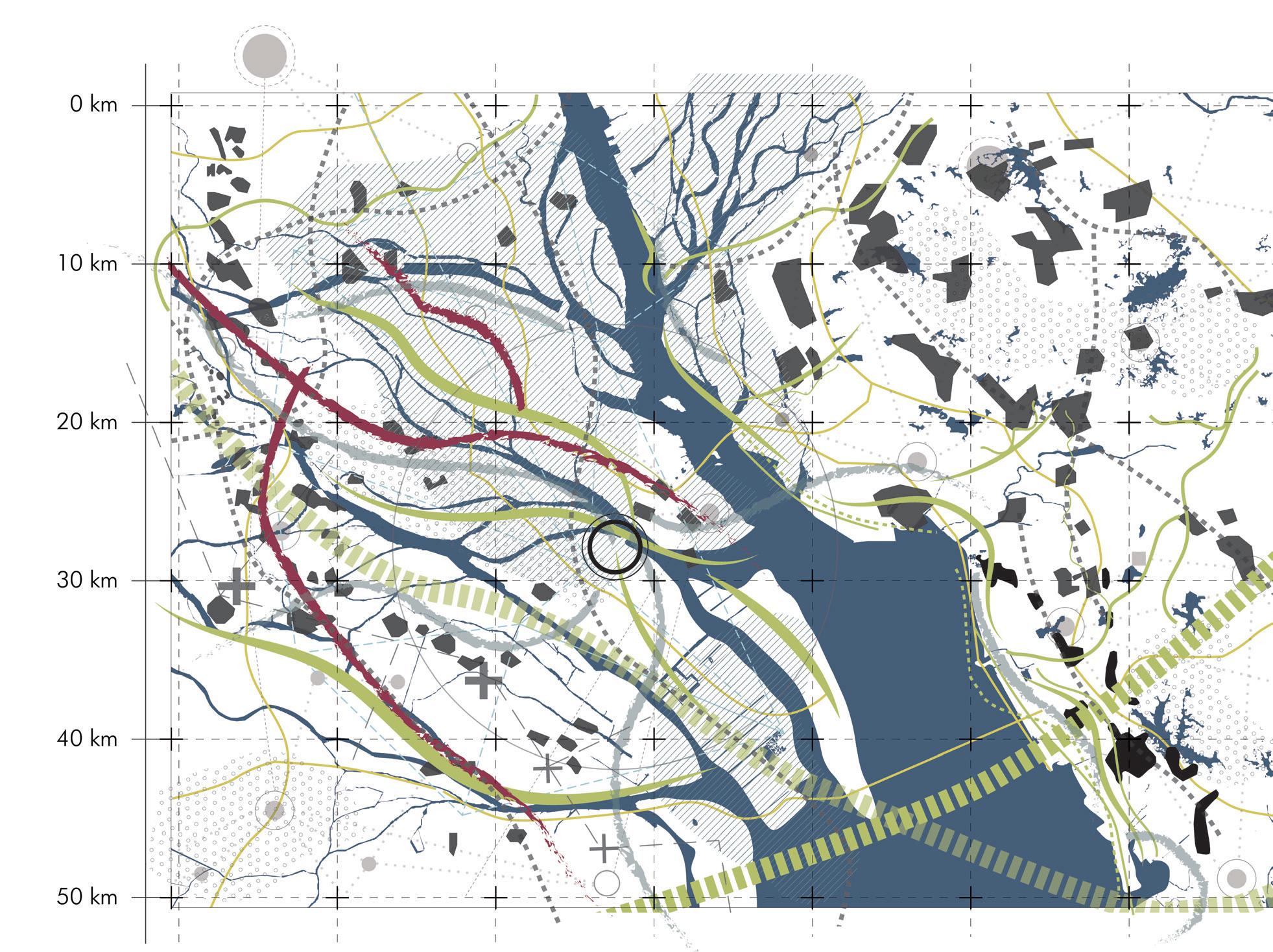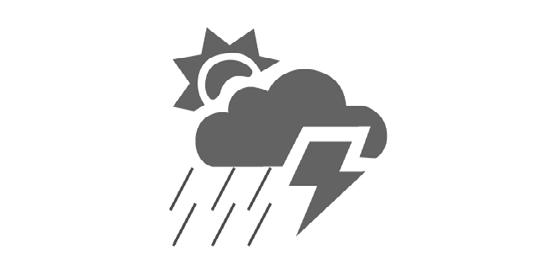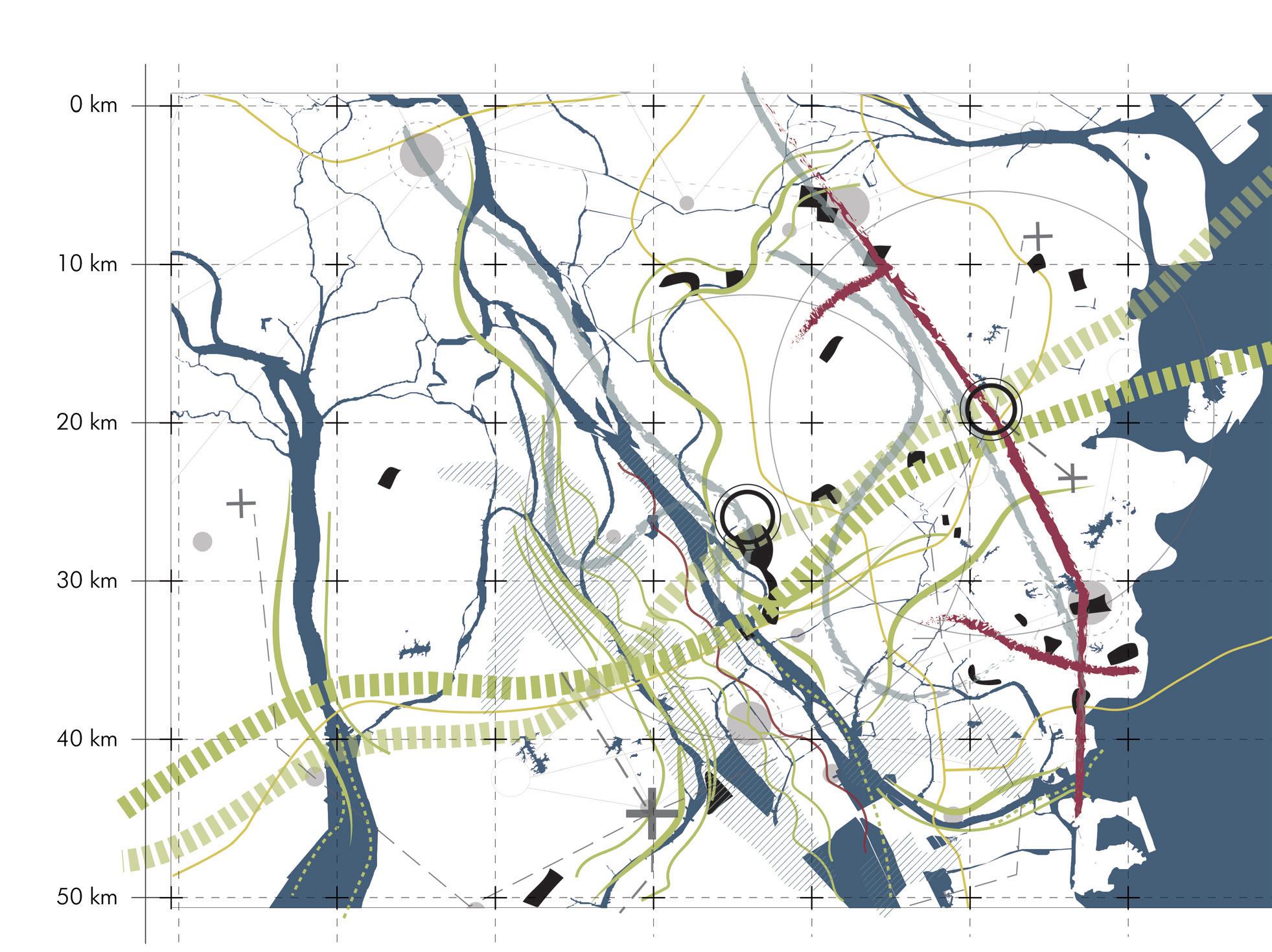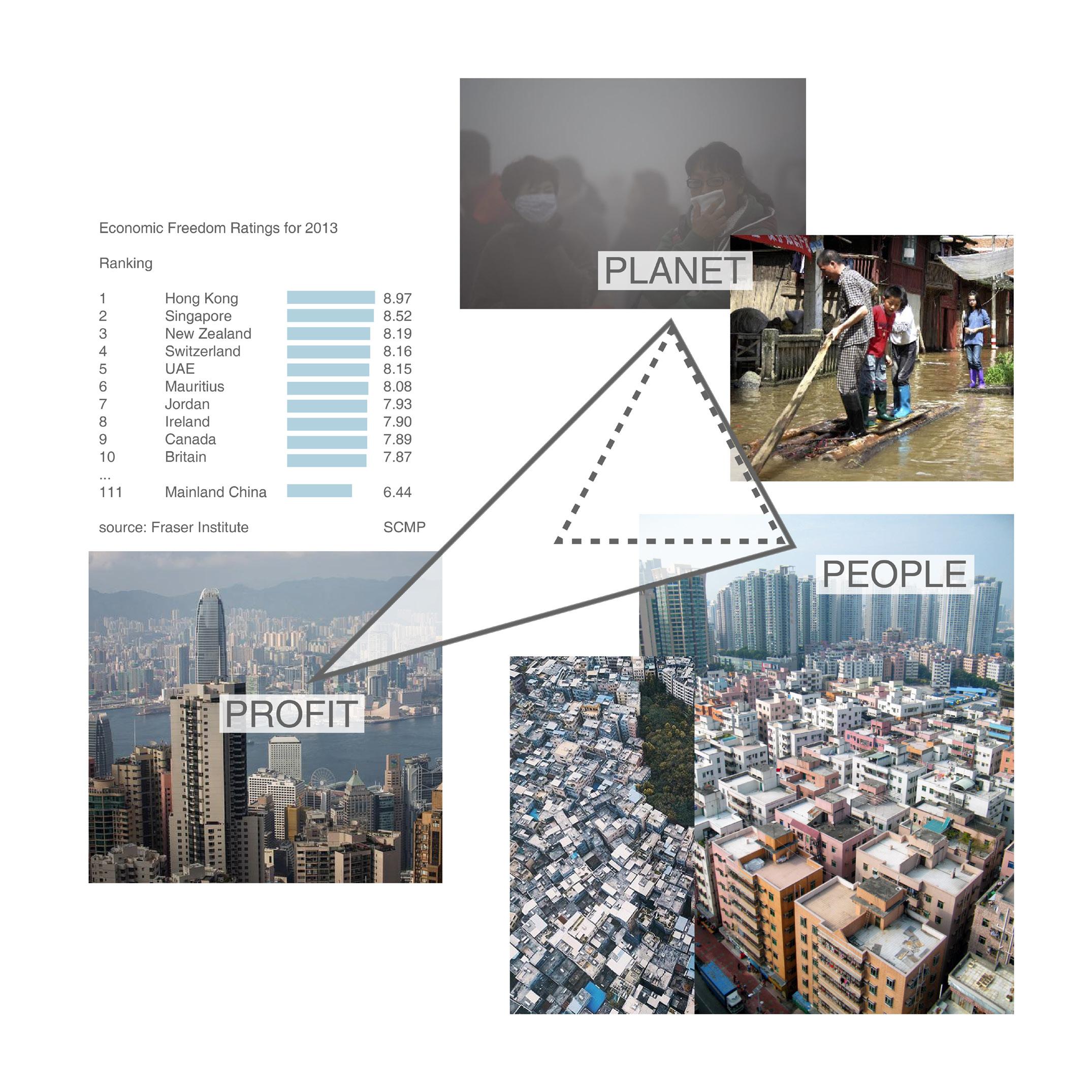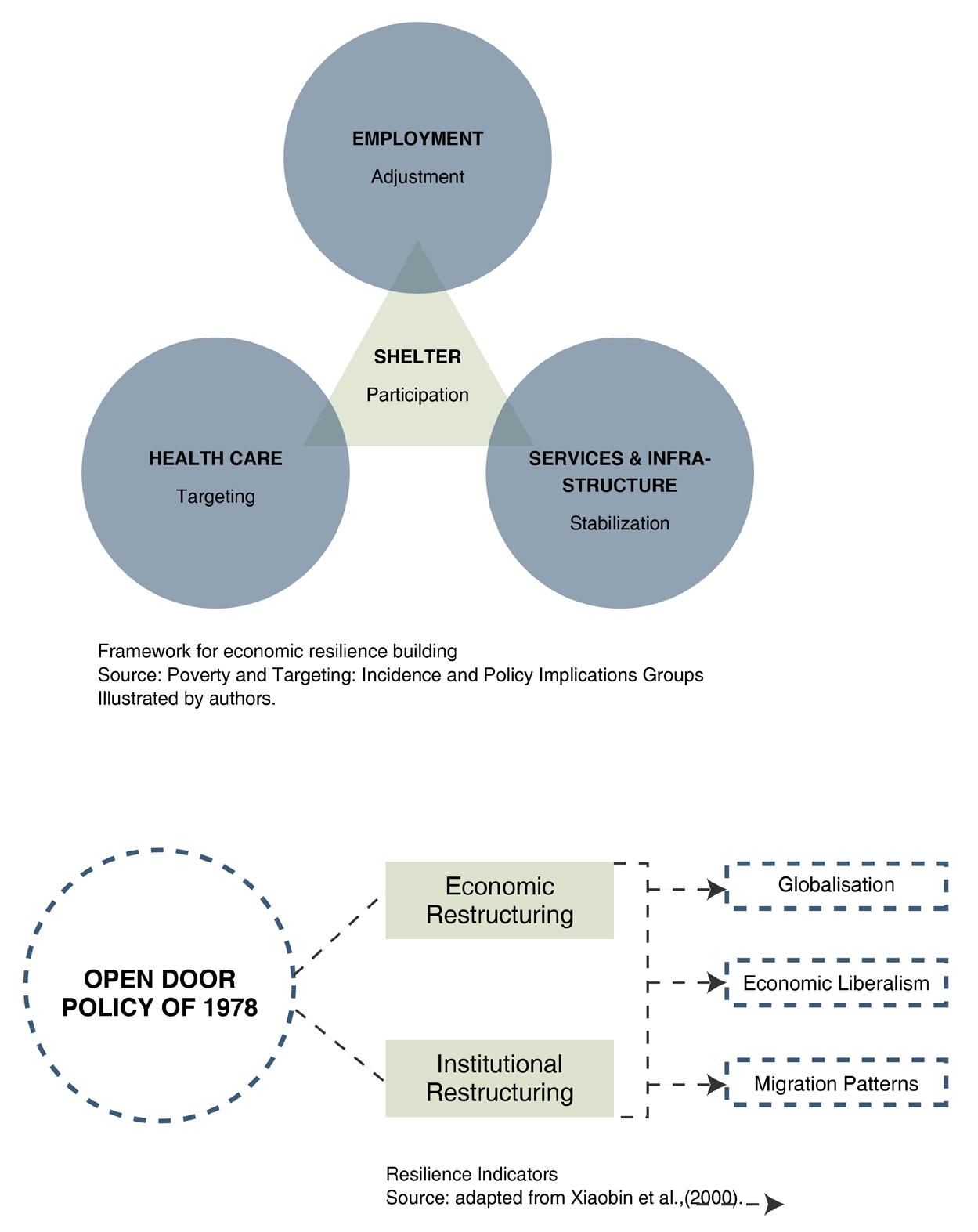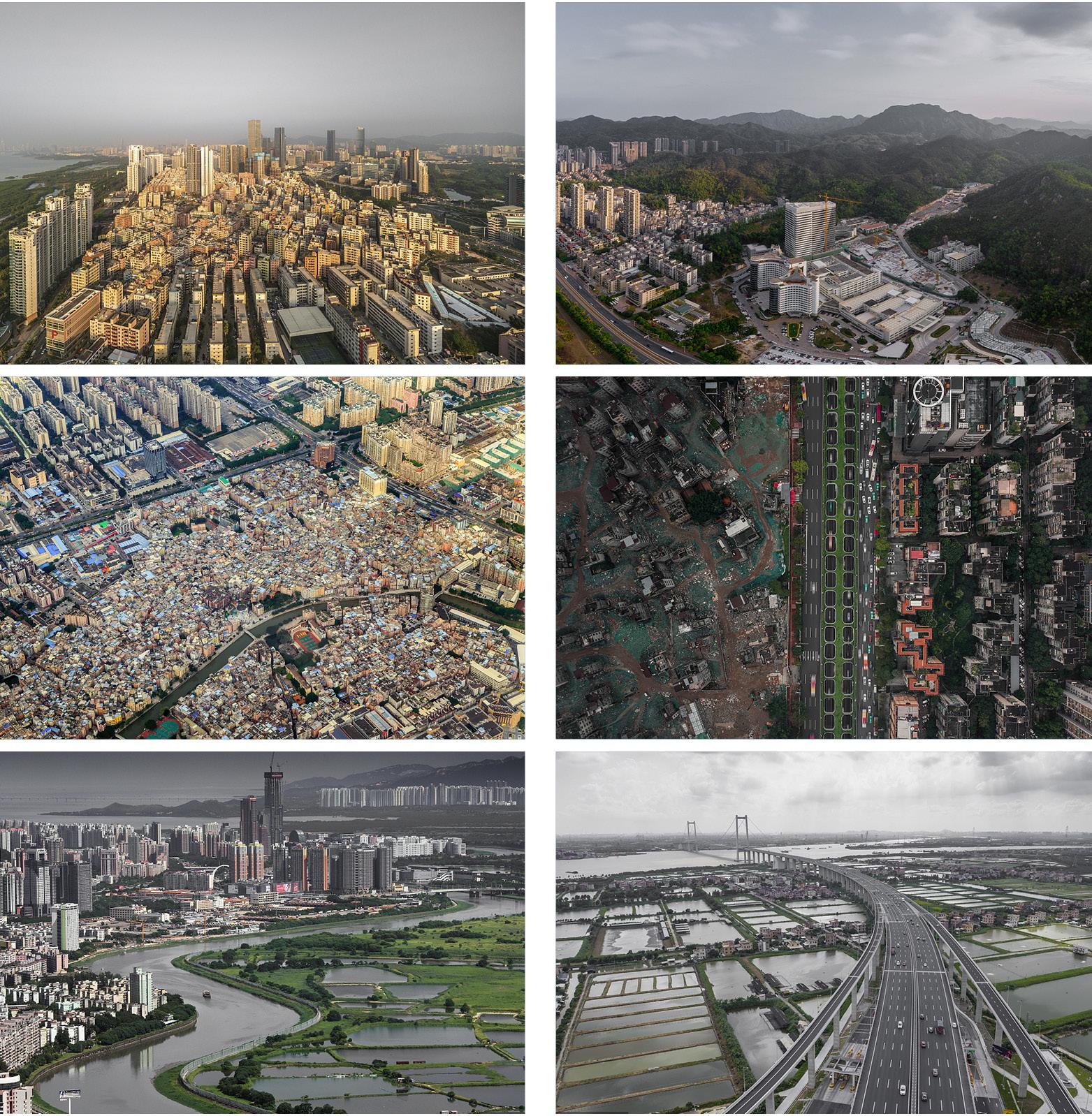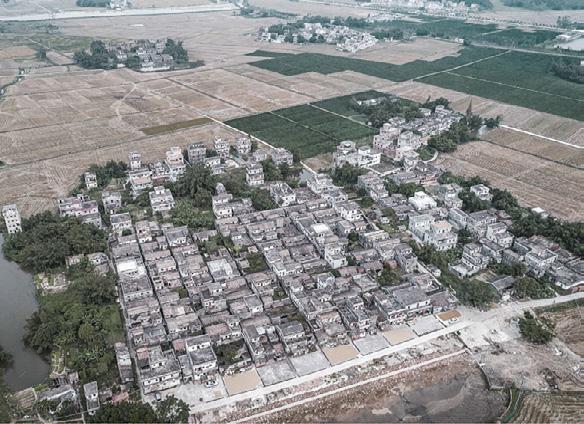Conclusion
Our project envisions the Greater Bay Area as a megaregion of resilient city networks, which would function in a state of dynamic equilibrium. These networks, social, ecological and economic, would contribute to a fair and equitable society, mindful usage of resources and overall sustainable development. The vision proposes a value-based developmental model that is representative of people and their quality of life. It fosters a growth engine focusing on building social and ecological resilience for the region. Resilience thinking as a strategy fixes the previous shortcomings and also facilitates the ability of complex social-ecological systems to change, adapt and transform to
148
people or environmental induced stresses. Building evolutionary resilience is a mutually dependent cross-system approach affecting both natural and human systems. Enabling people to become active agents of change can facilitate synergetic development to themselves, society and the environment. The silent stakeholders; the planet and the future generations should be acknowledged to maintain the region in a state of dynamic equilibrium where the three pillars; people, planet and prosperity balance each other out. The resilient network city proposal explores the interdependencies of complex systems in this megaregion and calls for a paradigm shift in thinking by prioritising people
and planet through integrated regional planning. To reach our aim, we used multiple experiments and tools like the morphological game and space syntax analysis which helped us understand the complexity of the region. It also provided us with certain methods to navigate through formulating the principles and translating them into spatial strategies. With our research, we wanted to shine a light on the importance of developmental model that has people, ecology and planet at its forefront to build a resilient region that can withstand the growing uncertainties of the future.


